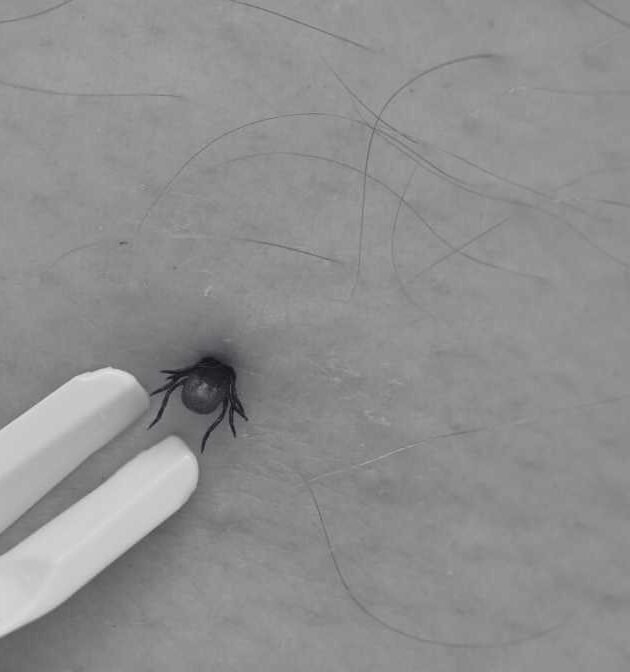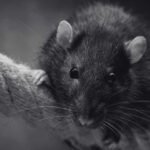
Common Types of Rat Species in Malaysia
June 3, 2025
The Rising Concern of Rat Poison Incidents Among Children
June 4, 2025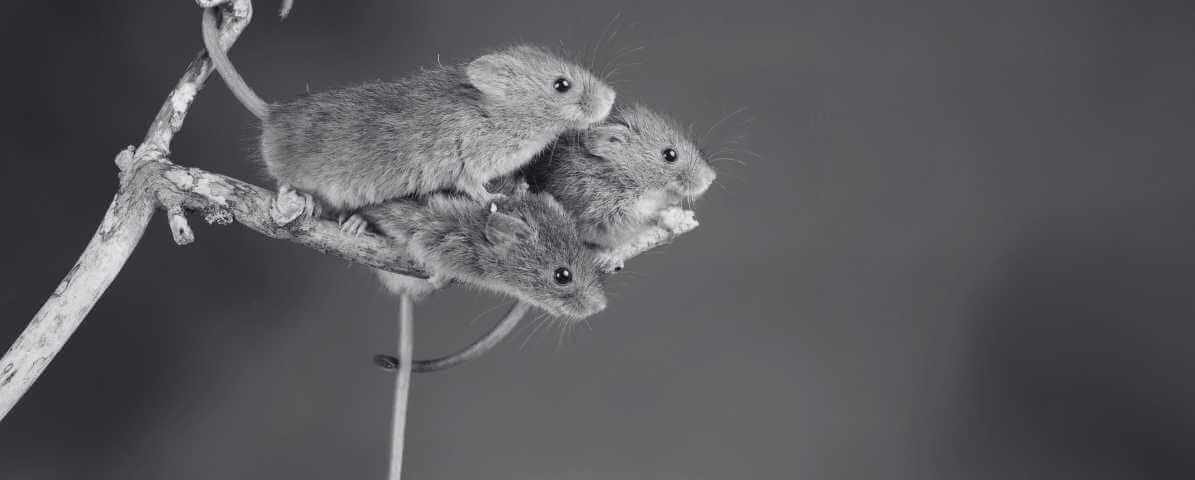
Rodent Blog
Both rats vs mice are rodents that can cause many problems. Especially when they live near residential homes, commercial businesses or farms.
Understanding the Differences Between Rats and Mice
Rats vs Mice: How to Identify Common Rodents?
Rodents are small animals that are almost everywhere, inside homes, on farms, in forests and cities. While they look similar, but mice and rats have differences in appearance and habits. Important to know how to correctly identify these common rodents. This knowledge can help you understand the problems they cause and how to control them.
We will help you learn to tell mice apart from rats, especially focusing on the house mouse, the brown rat and the roof rat. Some of the most common types of rodents in Malaysia. Whether you are a student, a homeowner or just curious about these animals. Understanding how to identify them is the first step towards pest control and keeping your environment clean.
Managing Rats vs Mice, Rodent Infestations in Malaysia
The Difference Between Rats vs. Mice
Plays a role in the ecosystems, at the same time causing trouble when invading homes or farms. They eat food sources meant for humans and animals. Chew on wires and spread diseases like salmonella and leptospirosis.
The key to managing rodent problems is being able to identify whether you are dealing with mice or rats. Although they are both types of rodents, their physical characteristics, behaviours and living habits are quite different. This makes it easier to choose the right pest control method and prevent a rodent infestation.
The Small and Silky Mice Characteristics
Biology of Rats vs Mice
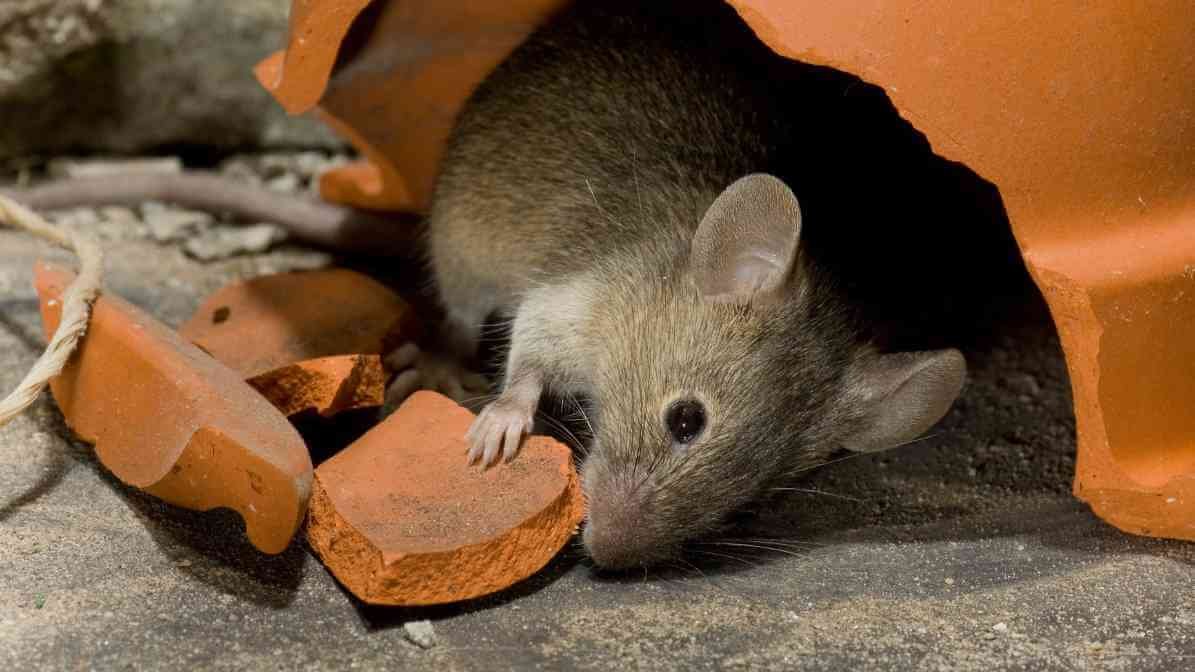

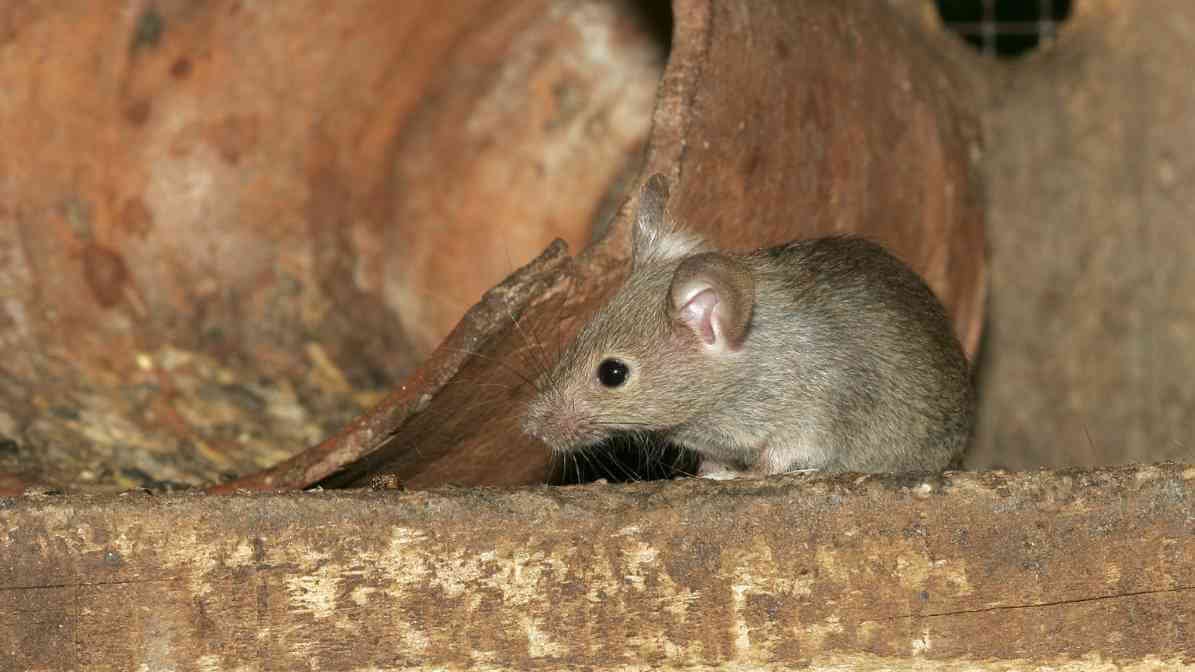
Physical Characteristics
The house mouse is a small type of rodent that measures about 3 to 4 inches in length. Imagine the size of a grain of rice, that is roughly the size and shape of these species. They have a delicate, slender body and a long tail that is as long or longer than their body.
Their colour can be light brown, grey, or tan with a smooth appearance. Their ears are large and rounded, and their eyes are shiny and black.
Behaviour and Habitat
They prefer to live close to humans because they seek food sources like crumbs, grains, or stored food. They are excellent climbers and often find shelter behind furniture, in wall gaps, or in storage boxes.
They are highly active and reproduce quickly, they can reach sexual maturity as early as 6 weeks old. A single female mouse can have up to 10 - 12 pups in a litter, with 5 or more litters per year. Commonly seeking food and live indoors, mouse problems escalate fast if not controlled early.
Typical Food Sources
They are omnivorous, meaning they eat a variety of foods. This includes grains, cereals, pet food, and even plastic or paper if necessary. Because they prefer easily accessible food, they often end up contaminating stored items, leading to health hazards.
The Brown Rat (Rattus norvegicus) and Roof Rat (Rattus rattus)
Rats vs Mice, The Huge Difference
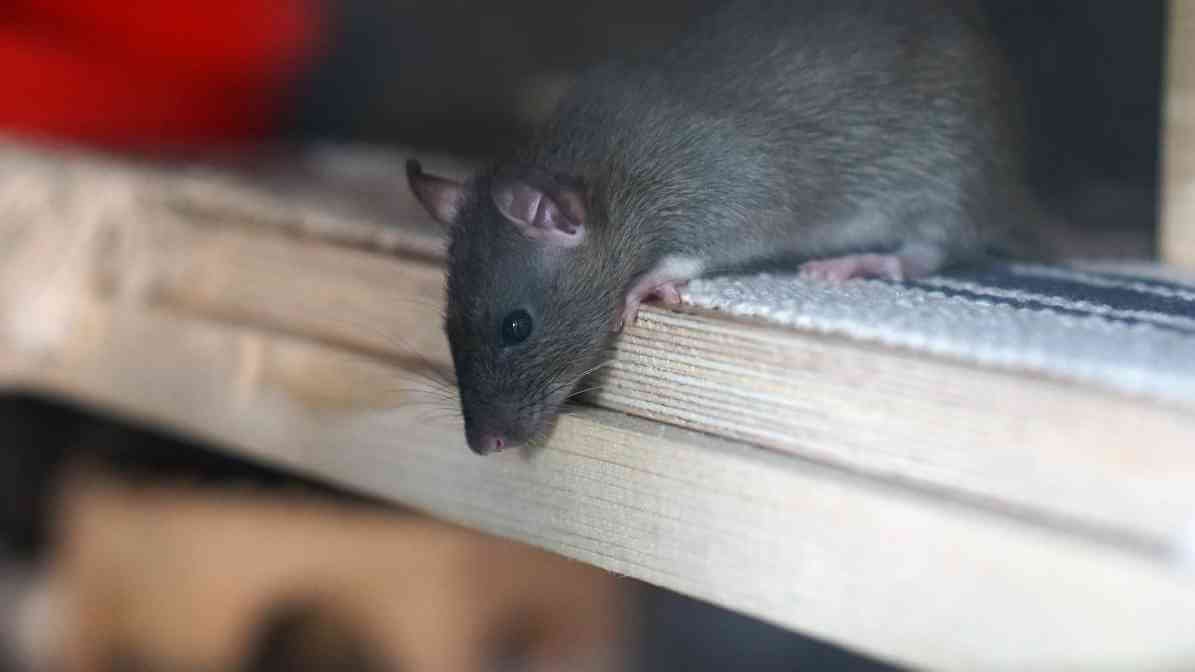
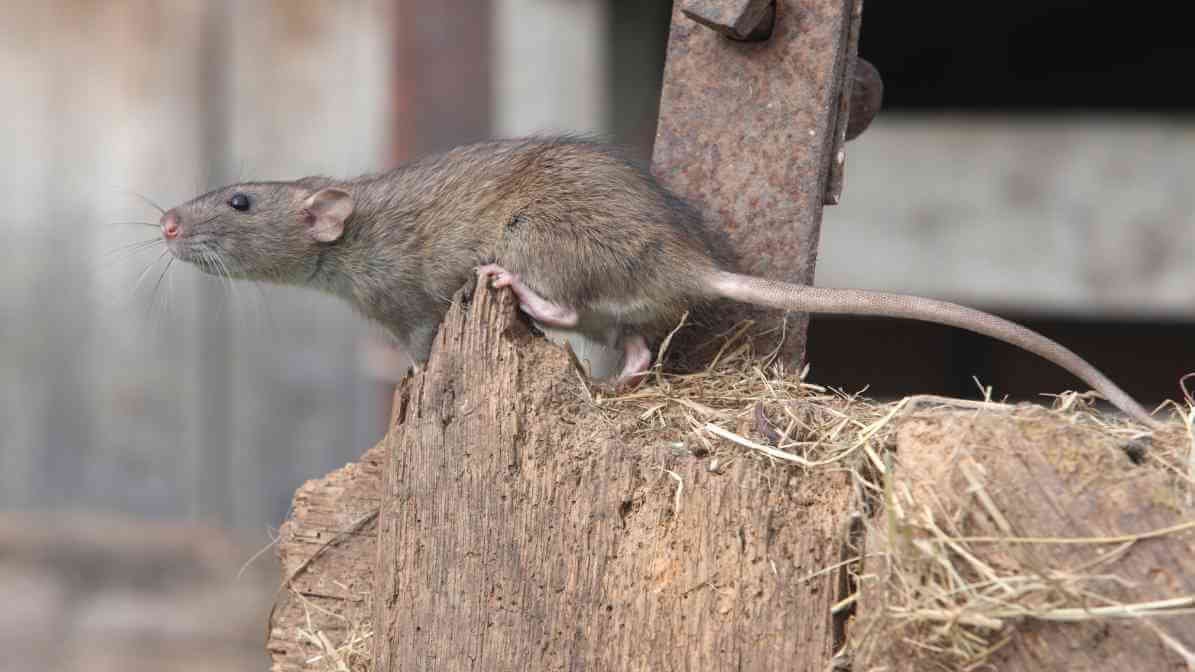
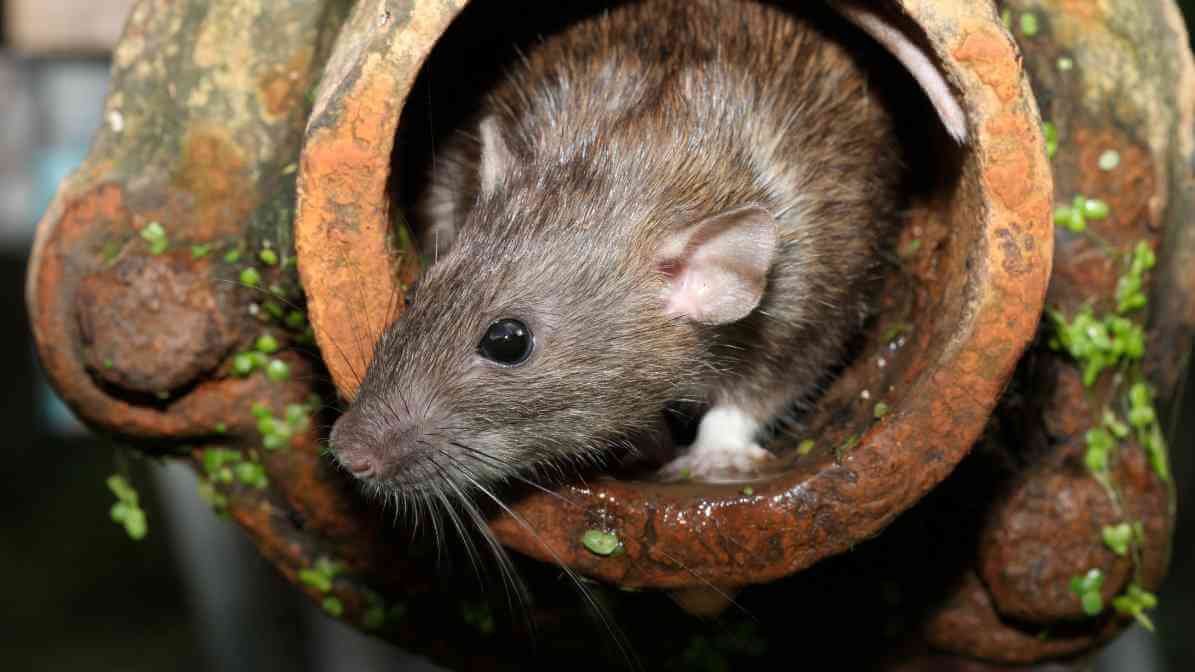
Physical Characteristics
- Brown rat (also called the Norway rat) is bigger, with a body length of 7 to 11 inches, not including the long tail. It has a stockier body, a broad head and a size and shape that makes it stronger.
- The roof rat is smaller, with a size of about 5 to 7 inches, but it has a long tail that is often hairy and smoother. They are long-tailed and sleek, a size and shape that allows them to climb easily.
Behaviour and Habitat
- Brown rats like rough vertical surfaces such as sewer pipes, walls or underground tunnels. They tend to live in burrows outside but can live in basements, storage rooms or sheds.
- Roof rats prefer to live high up in attics, trees or rooftops. They are excellent climbers and tend to seek food in higher areas.
Reproduction & Breeding Patterns
Both types of rats reach sexual maturity at about 3 to 4 months old and can produce up to 12 pups per litter. A female rat can have several litters per year, leading to rapid population growth.
Rodents, Rats vs Mice Biology, Characteristics and Habitat Preferences
Identifying Common Rodents, The Rats vs Mice
Knowing how to identify rats and mice involves looking at their size and shape, as well as their rat droppings and habits. Here are some key tips:
Size and Shape
- Mice are small, slender, with a long tail and slightly rounded ears. Their body length of about 3 to 4 inches long.
- Rats are larger, with bodies that can be 7 inches or more in length. They have a bigger head, thicker bodies and long tails that are often hairy or scaly.
Rat Droppings vs. Mouse Droppings
- Mouse droppings are tiny, about 1/8 inch long. Shape like small black grains, similar to a grain of rice, pointed at both ends.
- Rat droppings are much larger, about 1/2 inch long or more, with a capsule shape and blunt ends. Commonly scatter near food sources or on floors.
Signs of Rodent Infestation
Droppings
Gnaw Marks
Nests
Odour
Tracks and Footprints
Why is Early Identification of Mice and Rats Important?
Because both reproduce quickly, mice can reach sexual maturity at 6 weeks. And rats at around 3-4 months, early detection helps prevent a small problem from becoming a large infestation.
Innovative Pest Management, Malaysian Number 1 Choice
How to Manage Rodent, Rats vs Mice Problems?
The best way to prevent or manage a rodent infestation is through pest control strategies that are safe and effective. Here are some tips:
Seal Entry Points
Use steel wool or cement to block rough vertical surfaces. Or holes larger than 1/4 inch where rats or mice can seek food or shelter.
Keep Food Sources Secure
Store food in airtight containers and avoid leaving crumbs or leftover food outside.
Maintain Cleanliness
Regularly clean floors, under appliances and in hiding spots to remove food sources that attract rodents.
Remove Clutter
Clearing clutter creates fewer hiding spots and makes inspections easier.
Use Traps and Bait Stations
Place snap traps or bait stations along rough vertical surfaces or near signs of activity. Make sure they are out of reach of children or pets.
Professional Rodent Control Services
Innovative Pest Blog Summary
Understanding the differences between rats and mice is essential for effective pest control. Mice are small, slender rodents measuring about 3 to 4 inches in body length, smaller and feature a long tail and rounded ears. They prefer indoor environments and get attract to crumbs and stored food. Rats are larger, with brown rats (Norway rats) reaching up to 11 inches in body length, and roof rats around 5 to 7 inches.
They have hairy tails, and their size and shape make them easily distinguishable from mice. Rats live near rough vertical surfaces like sewers or attics and they prefer food sources such as grains, vegetables and garbage. Both rodents reproduce quickly mice can reach sexual maturity at 6 weeks. And rats at about 3-4 months, with several litters per year making early identification and pest control crucial.


